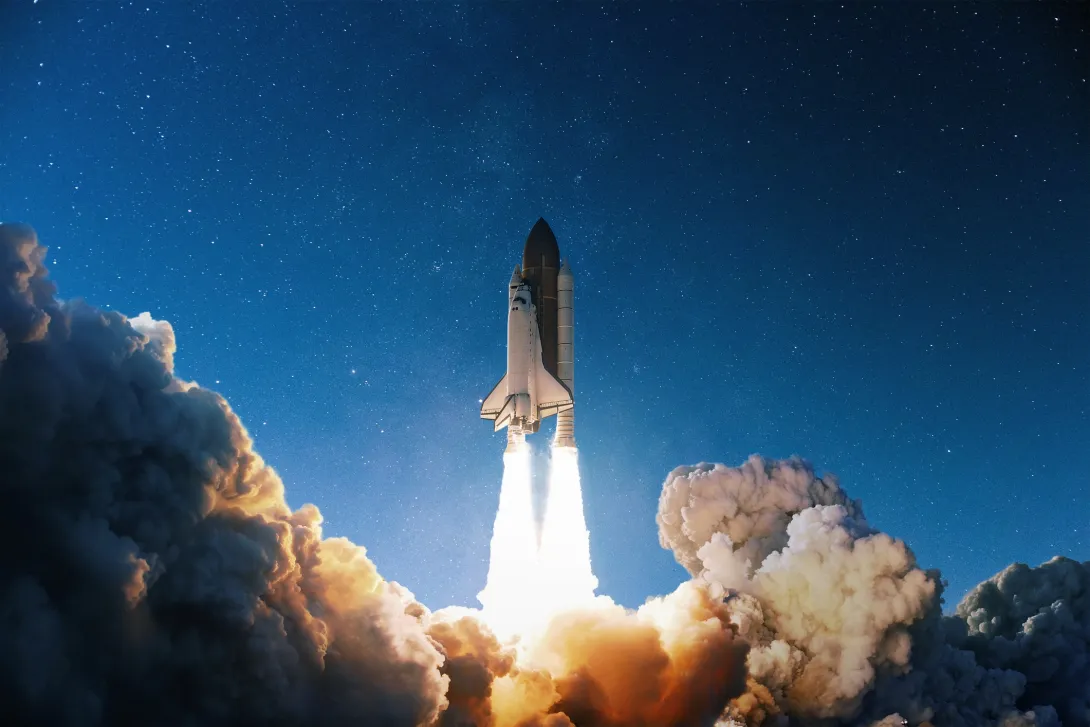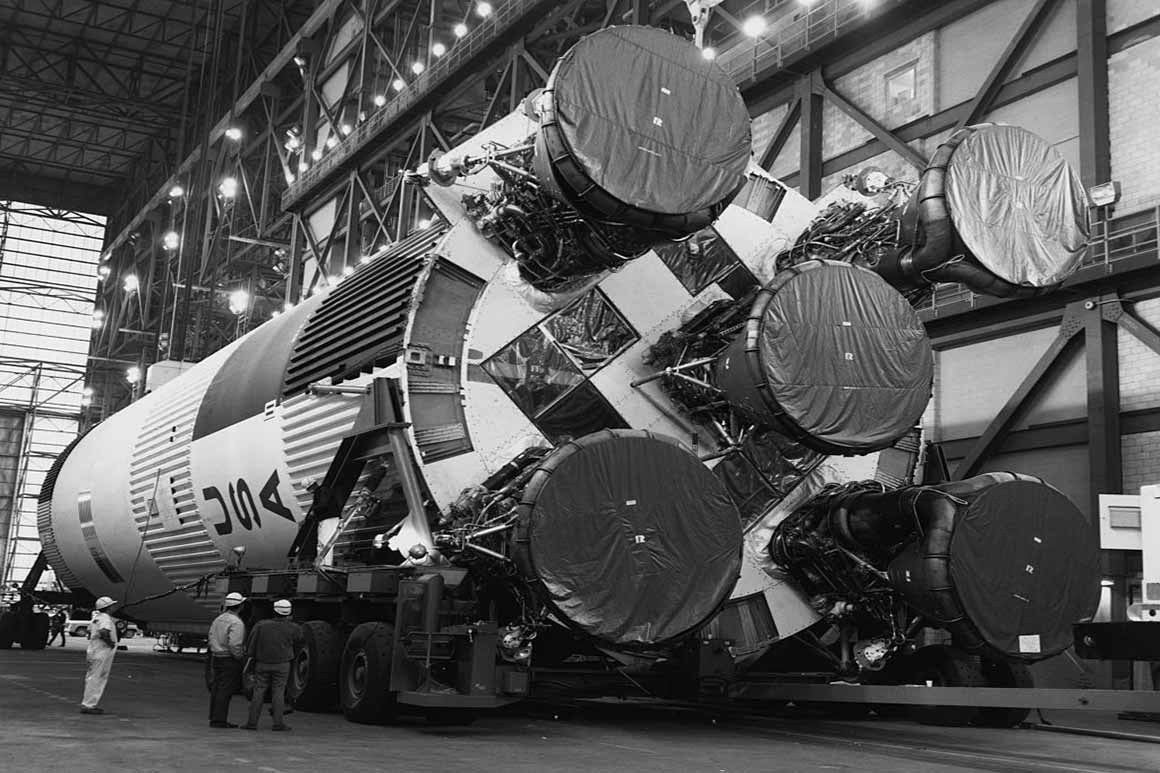
From Apollo 8 to Artemis II: how NASA rockets have changed in 50 years
Half a century ago, people would gaze at the stars and dream of exploring them. Today, the Artemis space missions are still rekindling that dream.
More than five decades have passed since NASA sent the first humans to the Moon with the Apollo programme. The Cold War space race was a colossal technological breakthrough that changed our understanding of the world and our place in it. Today, space missions continue to arouse interest and make us dream of other worlds. However, with the Artemis programme, the space agency is preparing to return to our natural satellite in 2025, building significant technological advances into its launch vehicles, proving that NASA is more alive than ever.
Apart from the remarkable humans involved, who have left their mark on human history forever, there are also some outstanding objects: the impressive spacecraft which enabled us to roam among the stars.
Saturn V and the Apollo era
The Saturn V rocket was the mainstay of the Apollo programme. Noted for its impressive height of 110 metres and a payload of approximately 140 tonnes to low Earth orbit, this three-stage behemoth was responsible for sending the Apollo 8 astronauts on an orbital flight around the Moon in 1968, and later, in 1969, made the historic Apollo 11 moon landing possible.
Saturn V generated a thrust of 34.5 megatonnes at liftoff, making it one of the most powerful rockets ever built. But apart from its technical strengths, this spacecraft was not just a milestone in lunar exploration but also left an indelible mark on the world of collectors. During the 1960s and 1970s, feverish interest in the space race generated an avalanche of merchandise. Among the most notable were the original Revell models, scale construction kits of the Saturn V rocket that became a must-have for space enthusiasts and are now rare, sought-after, objects, fetching hundreds of dollars at auction.
Commemorative stamps and coins are also noteworthy. Some specimens, such as the 1969 US stamps commemorating the Moon landing, are sought by collectors all over the world. In a similar guise we find all the official merchandising of the era: embroidered NASA patches, mission badges and photos signed by astronauts such as Neil Armstrong or Buzz Aldrin, which are considered essential pieces for any serious collection.

The Space Launch System (SLS) and the Artemis programme
Returning to the present day, we find that the passion for space missions is still booming. Currently, NASA has developed the Space Launch System (SLS) for the Artemis programme missions. The SLS, in its Block 1 configuration, is 98 metres tall and can carry a payload of at least 70 tonnes to low Earth orbit. While slightly shorter than the Saturn V, the SLS exceeds its thrust, reaching 39.1 megatonnes, a 15 per cent increase over its predecessor.
But with the Artemis programme, NASA is not only reviving the dream of returning to the Moon but also ushering in a new era for collectibles. The Artemis II mission, scheduled for 2025, is already generating interest among collectors, with objects such as modern Lego SLS models. These sets are not just toys, but also highly valued items for space enthusiasts and collectors, who are eager to obtain souvenirs of this new generation of explorers. We also find miniature technology, such as the Orion capsules designed for the Artemis missions, which have inspired highly detailed replicas that combine historical accuracy with modern aesthetics. Apart, of course, from the official merchandising. From T-shirts to Artemis mission pins and patches, official NASA merchandise keeps the tradition of space collecting alive, appealing to veterans and new generations alike. Moreover, promotional materials such as Artemis commemorative coins and stamps are expected to become the modern equivalents of Apollo-era items, establishing themselves as long-term treasures.
From Apollo 8 to Artemis II: the evolution of lunar missions
The Apollo 8 mission set a milestone by being the first to carry astronauts into lunar orbit in December 1968, using the Saturn V rocket. More than fifty years later, Artemis II is attempting to replicate and extend that achievement.
Drawing on the technological advances of these five decades, significant improvements have been made in navigation systems, safety and efficiency. The Orion spacecraft, designed for the Artemis missions, includes state-of-the-art technologies that will enable longer and more complex missions compared to the Apollo capsules.
But beyond their scientific value, it is clear that these missions have an impact on the culture and self-perception of us all. Objects related to the Apollo and Artemis programmes represent crucial chapters in human history. Therefore, preserving these pieces is a way to connect with the moments that defined space exploration and to inspire future generations.
Space collecting has something for everybody, from those who enjoy the nostalgia of remembering the impact of Apollo 8 to others who are driven by curiosity and are following the evolution of Artemis II. In a world where looking to the past prepares us for the future, each model or stamp is a small reminder that the sky has never been the limit.




